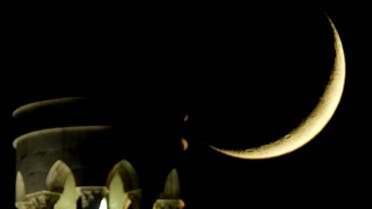Dubai News
The International Astronomical Center (IAC) has stated that there is no possibility of sighting the Shawwal crescent on Thursday, Ramadan 29, corresponding to April 20, and, as a result, Eid Al-Fitr is likely to fall on Saturday, April 22.
The IAC’s prediction is based on astronomical information, and the exact date of Eid will be confirmed by the concerned authorities based on the sighting of the new moon. Sighting the crescent on Thursday evening is difficult, as it requires a precise telescope, a professional observer, and exceptional weather conditions. Even using a telescope, the crescent is not expected to be seen from anywhere in the Arab world.
The IAC added that due to the possibility of seeing the crescent with a telescope from some parts of the Islamic world on Thursday, and due to the occurrence of conjugation before sunset, and the setting of the moon after sunset in all regions of the Islamic world, it is expected that the majority of the countries of the Islamic world would likely to announce the start of the month of Shawwal on Friday.
Countries that require correct sighting with the naked eye only or correct local vision with a telescope are expected to continue observing fasting to complete 30 days, and therefore Eid al-Fitr will be on Saturday for them, according to the IAC.
Astronomers in Saudi Arabia and the United Arab Emirates also predict that Eid al-Fitr could begin on Saturday as the Shawwal moon is expected to be visible by the naked eye on Friday evening, not Thursday. Although the moon will appear in the sky on Thursday evening, it will not be illuminated by the sun’s rays and will be difficult to see without specialist equipment.
It is possible that officials will still accept eyewitness testimony, and therefore Eid al-Fitr could still begin on Friday, despite astronomical conditions suggesting that the moon cannot be sighted on Thursday evening. An astronomical anomaly will also take place along with the Shawwal moon, as it passes between the sun and the earth to create a rare ‘hybrid eclipse’ that will be visible from parts of the Southern Hemisphere, including Australia and Indonesia, on Thursday.
The date of Eid Al-Fitr remains uncertain and will only be confirmed by the concerned authorities based on the sighting of the new moon. Although the IAC predicts that the crescent will not be visible on Thursday evening, officials may still accept eyewitness testimony, and therefore Eid al-Fitr could begin on Friday. The astronomical anomaly of a ‘hybrid eclipse’ will also take place along with the Shawwal moon, visible from parts of the Southern Hemisphere on Thursday.










